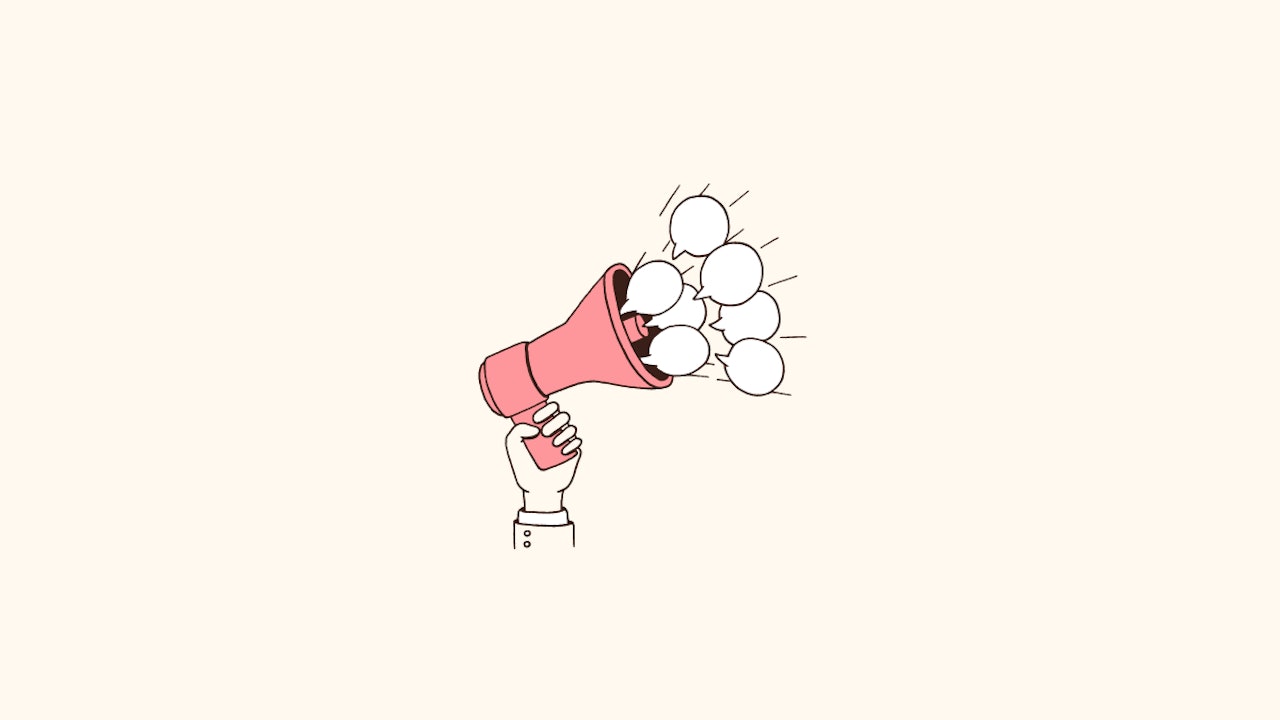AI for workplace mental health: Go beyond the hype and create real impact

Dr. Jazz Croft
22 January 2025

Content
- Opportunities and challenges
- How is AI currently being used for mental health support?
- AI will complement – not replace – therapists and coaches
- How AI can improve engagement with mental health and wellbeing support
- Takeaways
AI is changing the way we support employee mental health and wellbeing. In this article, we’ll look at the range of use cases for AI, implications for human-led mental healthcare, and how organizations can make AI tools engaging and accessible to their teams.
Opportunities and challenges
In Unmind’s survey of 5,000 employees, HR leaders and C-Suite execs, cost-effectiveness and real-time support are the top advantages anticipated from the use of AI-powered mental health solutions.
83% of US leaders believe AI will be significant in addressing workplace mental health challenges by 2030.
While many organizations are excited to gain these benefits, there are concerns about current offerings and their impact on employees. In our survey, top concerns from leaders were:
- Lack of human empathy in AI solutions (47%)
- Potential harm to users (39%)
These sentiments are shared by AI researchers who emphasize the need for governance, ethical frameworks, and thorough testing to make AI safe and effective for employees.
With AI turbo-charging mental wellbeing solutions in the next five years, leaders who can see beyond the hype and use AI to effectively support employees can shape the future of AI wellbeing support.
In this article, we’ll look at the range of use cases for AI, implications for human-led mental healthcare, and how organizations can make AI tools engaging and accessible to their teams.
For an in-depth look at how AI can be used for mental health support, check out Unmind’s report, The AI Advantage for Mental Health: Your guide to employee care at scale.
How is AI currently being used for mental health support?
AI is already being used in all kinds of exciting ways to support mental health, including:
- Chatbot-based support: AI-driven chatbots offer immediate and scalable support for stress management and self-care.
- Practitioner matching: Algorithms that pair people with the most suitable therapist or coach for them.
- Emotion detection tools: AI systems capable of identifying shifts in mood and stress through speech, facial expressions, or written communication.
- Wearable integrations: Devices that monitor mental health indicators like sleep patterns, heart rate variability, and physical activity.
These methods vary in their approach to supporting mental health, with some working more ‘behind the scenes’ to power data analytics, and others offering new ways to offer direct support. They also vary in who they are for, some being aimed at the general population, and others improving support for people already experiencing symptoms of poor mental health.
Together, these technologies have the power to make real improvements to existing mental health support systems. Predictive technologies – like wearables and emotion detection tools – combined with support technologies – like chatbots and practitioner matching – can help to prevent mental health challenges from escalating, prompting people to check-in, prioritise self-care and encourage behaviour change.
While research shows the range of ways AI is being developed to support mental health and wellbeing, there’s still plenty of work to do to understand the real-world impact of these tools. It also raises the important question of how we can balance AI with more traditional human support to give people the best support possible.
AI will complement – not replace – therapists and coaches
In Unmind’s survey, less than 10% of US leaders felt that mental health solutions should be purely AI-driven, with the majority supporting a balance of human and AI-based interventions at work.
With human expertise integral to the future of mental health care, what this looks like for workplace mental health support will continue to develop over the decade.
Many commentators agree that the purpose of AI tools is not to replace human support, but to augment capabilities. For instance, AI coaching tools can:
- Prepare employees for coaching sessions by organizing goals and action plans.
- Enhance self-reflection through anonymous feedback loops.
- Provide on-demand content for continuous learning.
Employees experiencing symptoms of poor mental health who need professional support can benefit from AI alongside human-led interventions. For example, by matching with the right professional based on their needs and preferences, or using an AI-led chatbot between sessions for on-demand support.
But human empathy remains irreplaceable. As a recent review of AI and human-centred coaching concluded: “Although AI offers new and interesting ways of learning for individuals in organizations, it cannot replicate the process and value of human coaching.”
The future of AI in mental health and wellbeing lies not in the replacement of humans, but in blending the efficiency of technology with the empathy and experience of human practitioners.
How AI can improve engagement with mental health and wellbeing support
The mental health and wellbeing support we offer employees is useless if it’s not used. Whether human or tech-led, employee access and engagement are essential to making support a success. But it continues to be a challenge for many organizations.
According to Deloitte, 70% of US employees do not use the full value of their mental wellbeing resources because programs were either too time-consuming, confusing, or cumbersome.
AI can be used to improve access and engagement by embedding support into an organization’s existing processes. This can be done at all levels of the organizaiton, for example:
- Leaders can use AI tools and share their experiences with their teams to model and promote proactive behaviour.
- Supervisors can learn about these solutions in order to signpost employees to these resources when they need them.
- HR teams can create internal communications that address common concerns about AI (e.g. data privacy, safety issues).
Takeaways
AI offers transformative potential for workplace mental health, but its implementation must prioritize ethics, collaboration with human practitioners and change management.
To embrace change effectively, leaders can:
Balance innovation with responsibility: Ethical frameworks and human oversight must be baked into AI development. Any AI solutions you used must have been developed using clinical expertise to reduce the risk of harm or bad experiences.
Explore AI’s diversity: From chatbots to wearables, AI tools can innovate workplace mental health support through predictive analytics, 24/7 support and enhanced data collection. This can help drive data-informed decisions for People policy and optimise resources.
Adopt a whole-organization strategy: Integrate AI into a cohesive wellbeing framework that includes clear communication on its purpose to employees to help overcome barriers to adoption.
By navigating these challenges thoughtfully, organizations can make the most of new technologies and take a balanced approach to using AI in their workplace wellbeing strategies.
To find out more about using AI as part of a comprehensive mental health support system, book a call with us.
About the Author

Dr. Jazz Croft, Senior Scientific Liaison
About the Author
